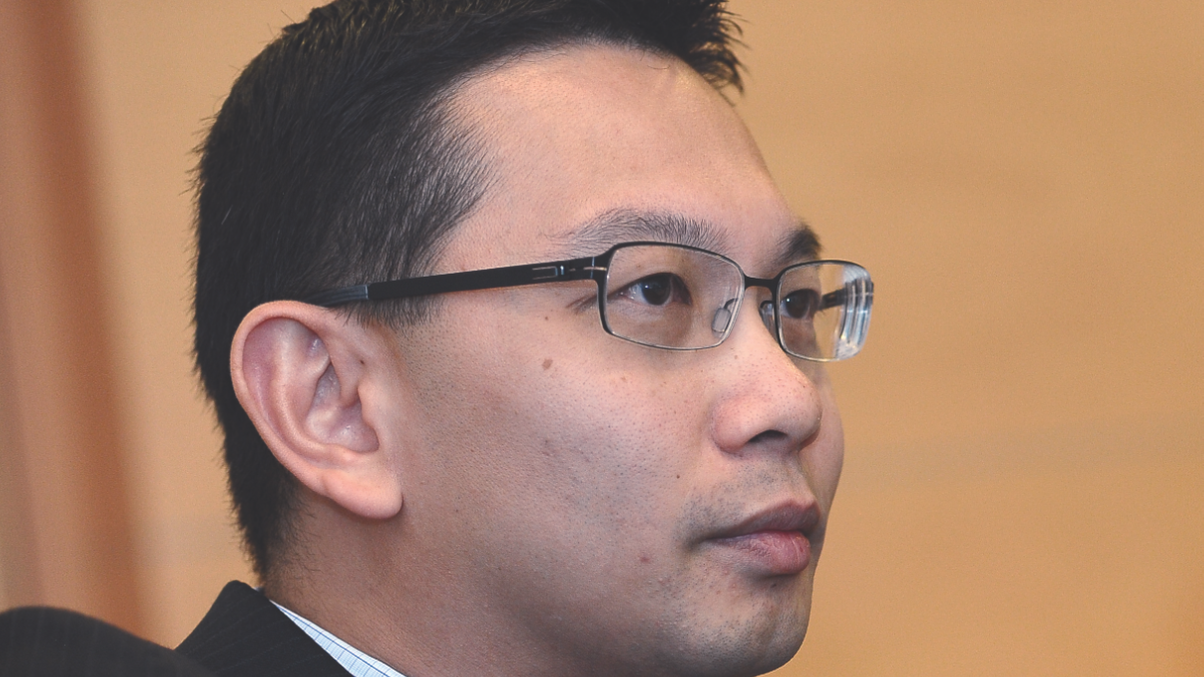Building hedge fund and corporate finance capabilities
Melvyn Yeo, chief investment officer at Thirdrock.

Thirdrock is a Singapore-based multi-family office set up in October 2010 and run by Jason Lai
and Melvyn Yeo as chief executive and chief investment officer, respectively.
Sign in to read on!
Registered users get 2 free articles in 30 days.
Subscribers have full unlimited access to AsianInvestor
Not signed up? New users get 2 free articles per month, plus a 7-day unlimited free trial.
¬ Haymarket Media Limited. All rights reserved.


